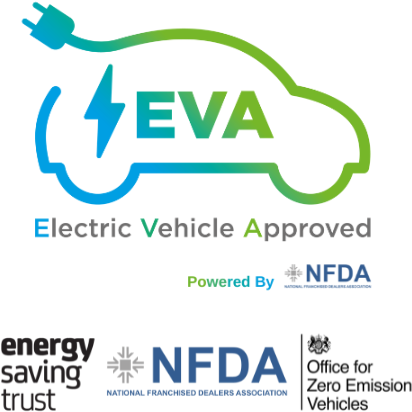
Electric UK
Blaenau Gwent, Slough and Mansfield have seen the biggest increase in private EV ownership, according to new research by vehicle remarketing experts Aston Barclay.
With interest in EV vehicles a trend set to continue, Aston Barclay analysed DVLA data on licensed plug in vehicles to understand the local authorities which have seen the biggest increases in ownership in the last 12 months.
The research looked at private ownership figures for battery electric, plug in hybrid and range extended electric cars for Q3 2023, and compared this to the same quarter for 2022, discounting the regions that had 20 or less registered vehicles.
The research found that Blaenau Gwent had seen the biggest growth in EV ownership, increasing 74% compared to the previous year. Slough (62%) and Mansfield (59%) also saw huge increases in numbers of EV ownership.
The top 20 EV hotspots, according to the research findings, are:
- Blaenau Gwent – 74.7%
- Slough – 62.4%
- Mansfield – 59.5%
- Mid Ulster – 58.2%
- Knowsley – 58%
- Torfaen – 56.8%
- Epsom and Ewell – 55%
- Salford – 55.7%
- Sutton – 55.3%
- Stockton-on-Tees – 55%
- Antrim and Newtonabbey – 54.7%
- Bolton – 54.5%
- Rushmoor – 54.2%
- Blackburn with Darwen – 53.3%
- Leicester – 53.2%
- Rochford – 52.5%
- Dartford – 52.5%
- Doncaster – 52.1%
- Lisburn and Castlereagh – 52.1%
- Castle Point – 51.1%
Interestingly, Sutton was the only London borough to make the top twenty list, with Bexley, the borough with the second largest increase, only making it to 27th in the list. Although every area within the UK saw an increase in private EV ownership, interesting the top five areas that saw the smallest areas of growth were all within the capital – Westminster (15.6%), Islington (16.2%), Camden (16.6%), Hackney (19.9%) and Lambeth (18.8%).
This may be due to many car owners within the capital switching to compliant vehicles in response to the ULEZ being introduced in 2019.
It seems clear air zones also haven’t impacted the uptake in EVs, with none of the cities that have the initiatives in place making it into the top 20. The percentage increase in private EV ownership across clean air zone cities are:
Newcastle and Gateshead – 44% and 45.4% respectively
Bradford – 43.6%
Sheffield – 41.6%
Birmingham – 38%
Portsmouth – 37.9%
Bristol – 32.3%
Bath – 30.5%
Albert Parnell, Group EV Lead at Aston Barclay said: “The introduction of electric vehicles has been the biggest revolution in the motoring industry in decades, and while car manufacturers and suppliers are preparing for the longer term impact, such as the 2035 ICE ban, it is great to see that consumer confidence is also changing. The research found that across the UK, more people are moving towards EVs, particularly across the north of England, Northern Ireland and Wales.
“However, it is important that infrastructure changes keep up with the ownership demands – currently the distribution of UK charging points are disproportionately focused on London and the South East. According to the ZapMap database, 35.5% of all UK charging points are found within Greater London, while Wales, home to the region which has seen the biggest increase, accounts for just 4.2%”.
Methodology
Data gathered from data published by the Driver and Vehicle Licensing Agency on Licensed plug-in vehicles (PiVs) at the end of the quarter by body type, fuel type, keepership (private and company) and upper and lower tier local authority: United Kingdom, as per the latest published dataset on 25th October 2023.
Data was analysed by total number of privately registered cars that fall into the PiV category, and any data points under 100 cars were excluded from the analysis.






